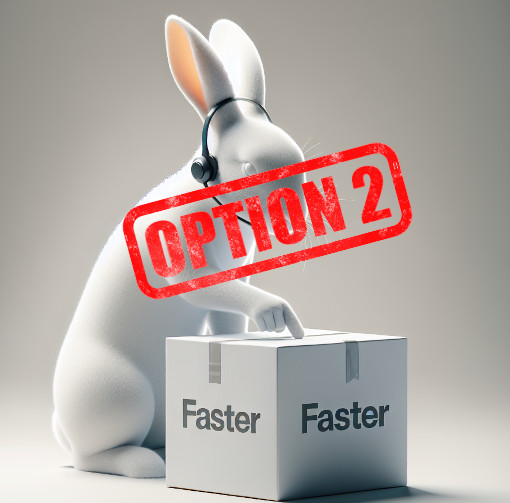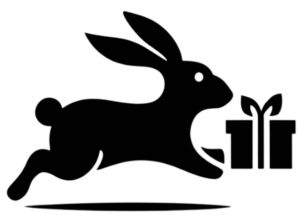
In machine learning, object tracking takes the treasure hunt a step further. It’s not just about finding the treasure (object) in a single image, but following its trail across a sequence of images, like a video. Imagine our treasure hunter isn’t just given a map, but must track the pirate captain across the entire island, anticipating their next move. Object tracking models are trained on video datasets where objects are labelled in each frame. Deep learning models like SORT (Simple Online and Realtime Tracking) and Kalman Filters excel at this task, analyzing motion patterns and predicting the object’s location in subsequent frames. After training, the model can track objects in unseen videos, understanding their movement and path. This skill is crucial for tasks like video surveillance where monitoring object movement is essential, or autonomous vehicles that need to predict the trajectory of surrounding objects.
Move beyond detection with our industry-leading object tracking solutions. We empower your AI with the ability to not just identify objects, but follow their movement across video frames. Our expert annotators meticulously hand-label object trajectories, providing the foundation for robust tracking algorithms. Rigorous quality control ensures every tracked path adheres to the strictest standards. Furthermore, our efficient workflows deliver exceptional results at competitive rates, making us the ideal partner for projects of all sizes. Whether you’re a startup or an enterprise, we customize solutions to your specific needs. By choosing us, you gain more than an annotation service; you gain a trusted partner in achieving superior object tracking performance.
- We handle both image and video formats for object tracking. For images, while we can identify and localize objects with bounding boxes and labels, object tracking becomes particularly useful for videos. It allows us to track these bounding boxes with labels across every frame, essentially creating a path for each object throughout the video.
- Streamlining the process, we eliminate the need for a specific folder structure on your end. Our internal systems efficiently manage all organizational aspects.
Samples
Transparent Pricing Structure
We follow a clear pricing structure for our object tracking annotation services. Here’s a breakdown of the key pricing structure:
- Fixed Fee for Small Batches: Up to 10,000 annotations cost a flat fee of $100 per batch, regardless of the number of images within that batch.
- Per-Annotation Pricing for Larger Batches: For batches beyond 10000 annotations, you pay $0.01 per annotation.
To initiate work, you prepay a portion of the total cost based on the batch size, tiered upfront payments are as follow:
- $100 for batches between 10,000 and 50,000 annotations.
- $500 for batches between 50,000 and 200,000 annotations.
- $2,000 for batches between 200,000 and 400,000 annotations.
- 25% upfront payment for batches exceeding 400,000 annotations.
After the annotations are complete, you pay the remaining balance based on the per-annotation cost.
Understanding Project Complexity
We understand that for some projects, especially those involving complex or subjective object tracking tasks, accurately estimating the number of annotations upfront can be challenging. We offer flexibility in such cases:.
- Estimated Annotation Range: If you're unsure of the exact number of annotations needed, you can provide an estimated range. We'll quote based on that range with a buffer to account for potential variations.
- Pilot Batch Option: For highly complex projects, consider a pilot batch of a few thousand images. This allows us to assess the annotation difficulty and provide a more accurate quote for the entire project.
- Flexible Payment Adjustments: During the annotation process, if the actual number of annotations deviates significantly from the initial estimate, we can adjust the final cost accordingly.
Transparency and Communication
To ensure a smooth and collaborative process we aim for clear communication, centralized information management, and the flexibility to adapt to the specific needs of your project:
- Ticketing System: We recommend creating a ticket in our system to centralize all communication regarding your project. Through the ticket system, we can easily track progress reports, answer your specific questions and requirements, and discuss any adjustments needed throughout the annotation process.
- Open Communication: We believe in open communication. We'll keep you informed about the annotation progress through the ticketing system and proactively reach out if any potential adjustments to the initial estimate are necessary due to project complexity.

Annotation Package - Option 1

Annotation Package - Option 2

Annotation Package - Option 3

Annotation Package - Option 4

